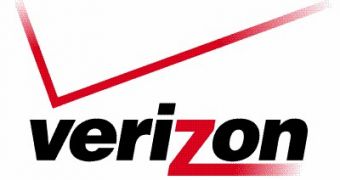According to the latest news on the Internet, manufacturers that will come to the market with mobile device that will support Verizon's upcoming Long Term Evolution Network will have to include support for IPv6. It seems that the upgrade for Internet's main communications protocol, known as Ipv4, will be a must in future devices, due to the large number of subscribers that are expected to connect to the faster networks that are deployed today.
Verizon already released requirements for its LTE network, which is currently built on the 700MHz band, and says that all devices “shall support IPv6,” while also noting that “the device shall be assigned an IPv6 address whenever it attaches to the LTE network.” The presence of IPv4 is optional, yet any handset that features it should also be able to “support simultaneous IPv6 and IPv4 sessions.”
According to Pennsylvania State University Senior Systems Programmer Derek Morr, “The problem, of course, is that we're running out of IPv4 addresses.” At the same time, Morr notes, “The IANA pool will most likely be depleted by the end of 2010. This has led many people to wonder if LTE deployments will require IPv6. Now we have an answer: Yes.”
As many of you might already know, Verizon plans to deploy its LTE services in 25 to 30 U.S. markets next year. This will be the first mobile broadband network in the country to use the LTE technology, the latest standard of Global Systems for Mobile Communications (GSM) technology. AT&T and T-Mobile also plan to release LTE networks after 2010, while Sprint has chosen another 4G standard for its future network, WiMAX, and already started to roll it out.
According to the news, carriers seek to upgrade their networks to the 4G technologies due to the fact that they expect a great boost in demand for mobile video services. A recently published Cisco study shows that video demand will account for about 64 percent of data traffic by 2013. In comparison, data service will only account for 19 percent, peer-to-peer for 10 percent, while audio data traffic for 7 percent.

 14 DAY TRIAL //
14 DAY TRIAL //